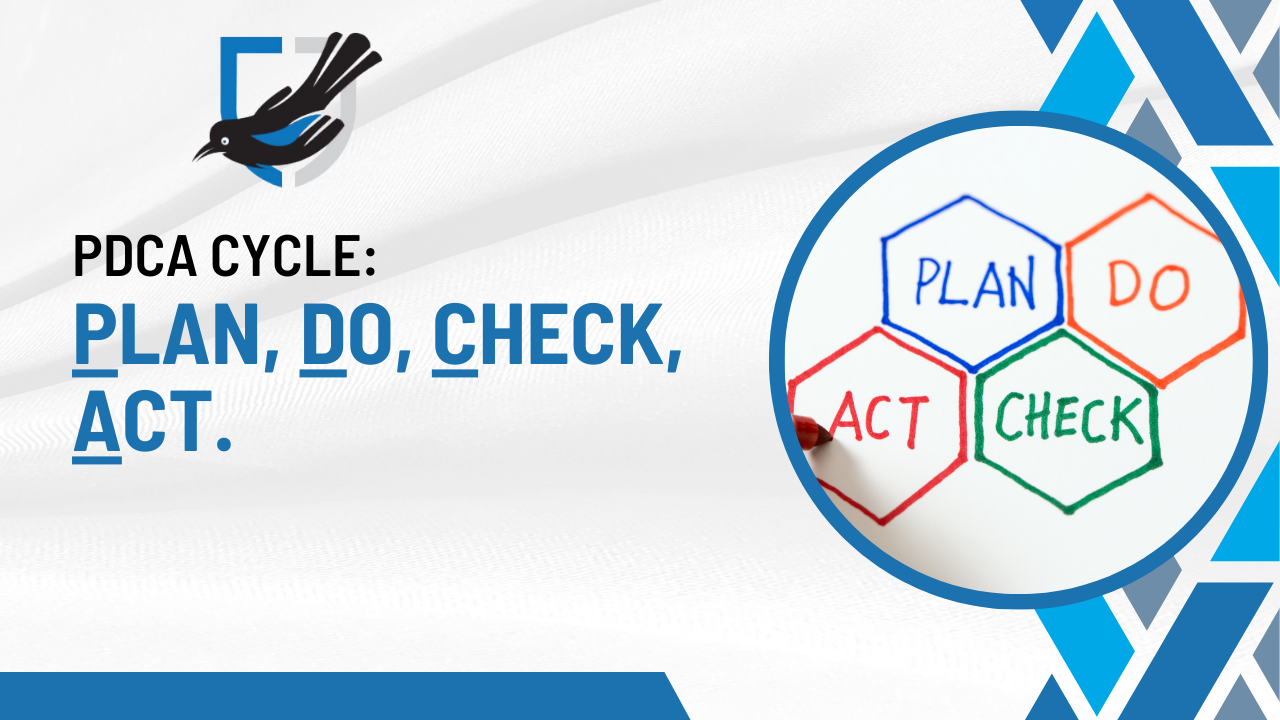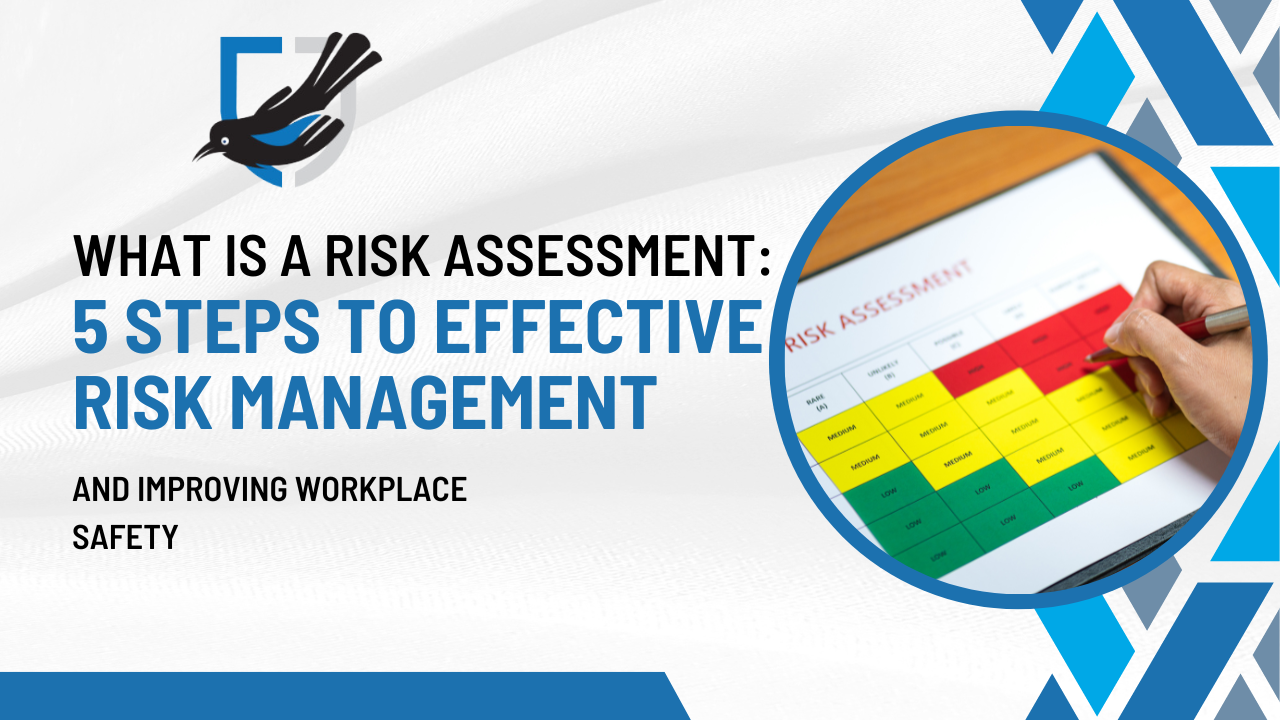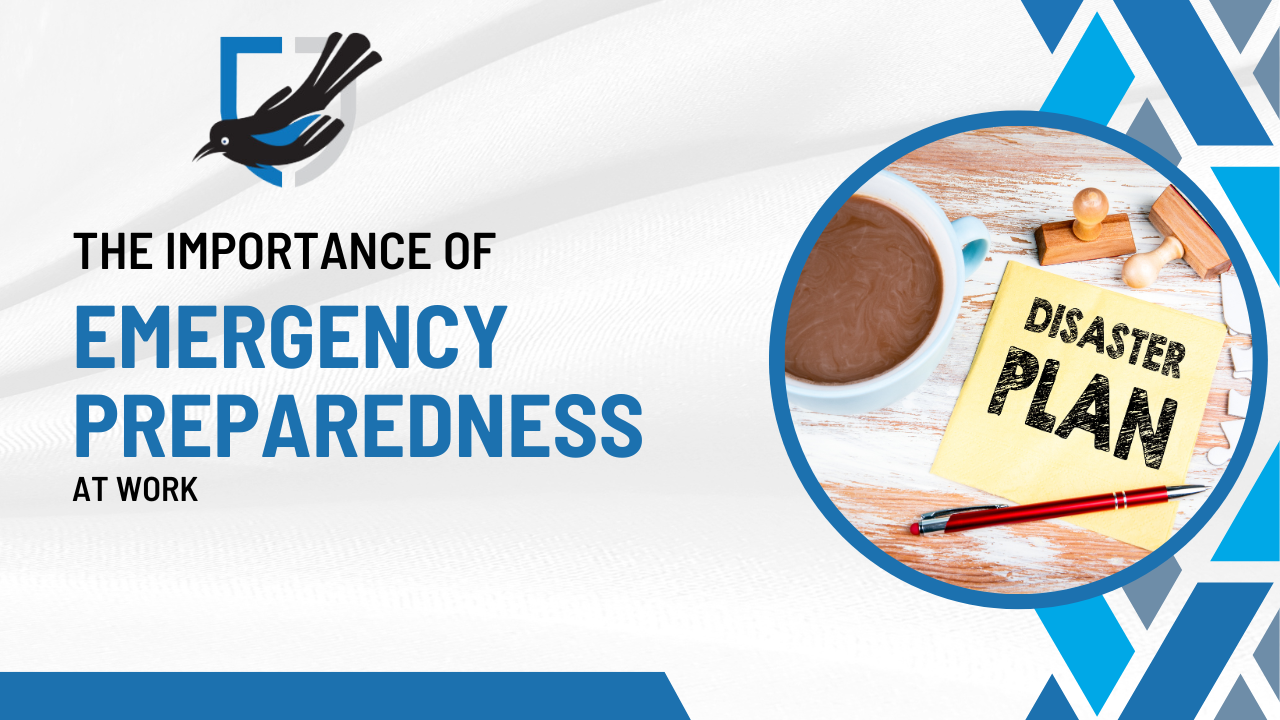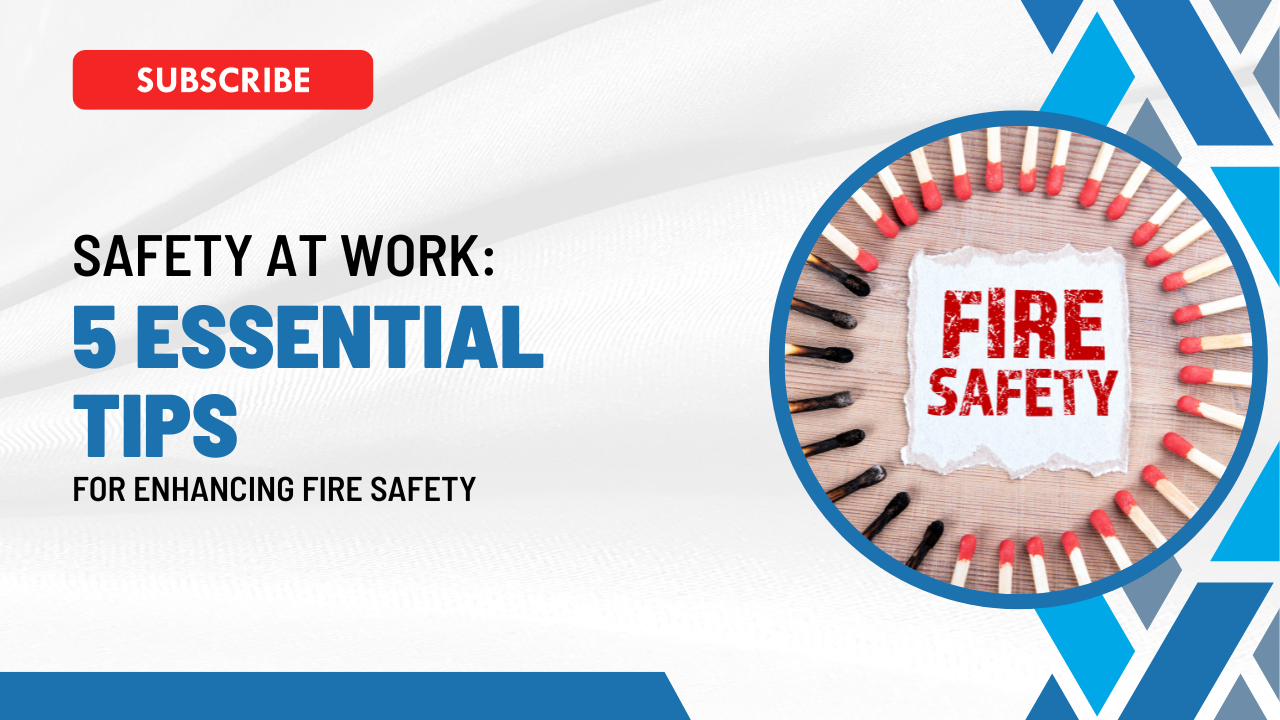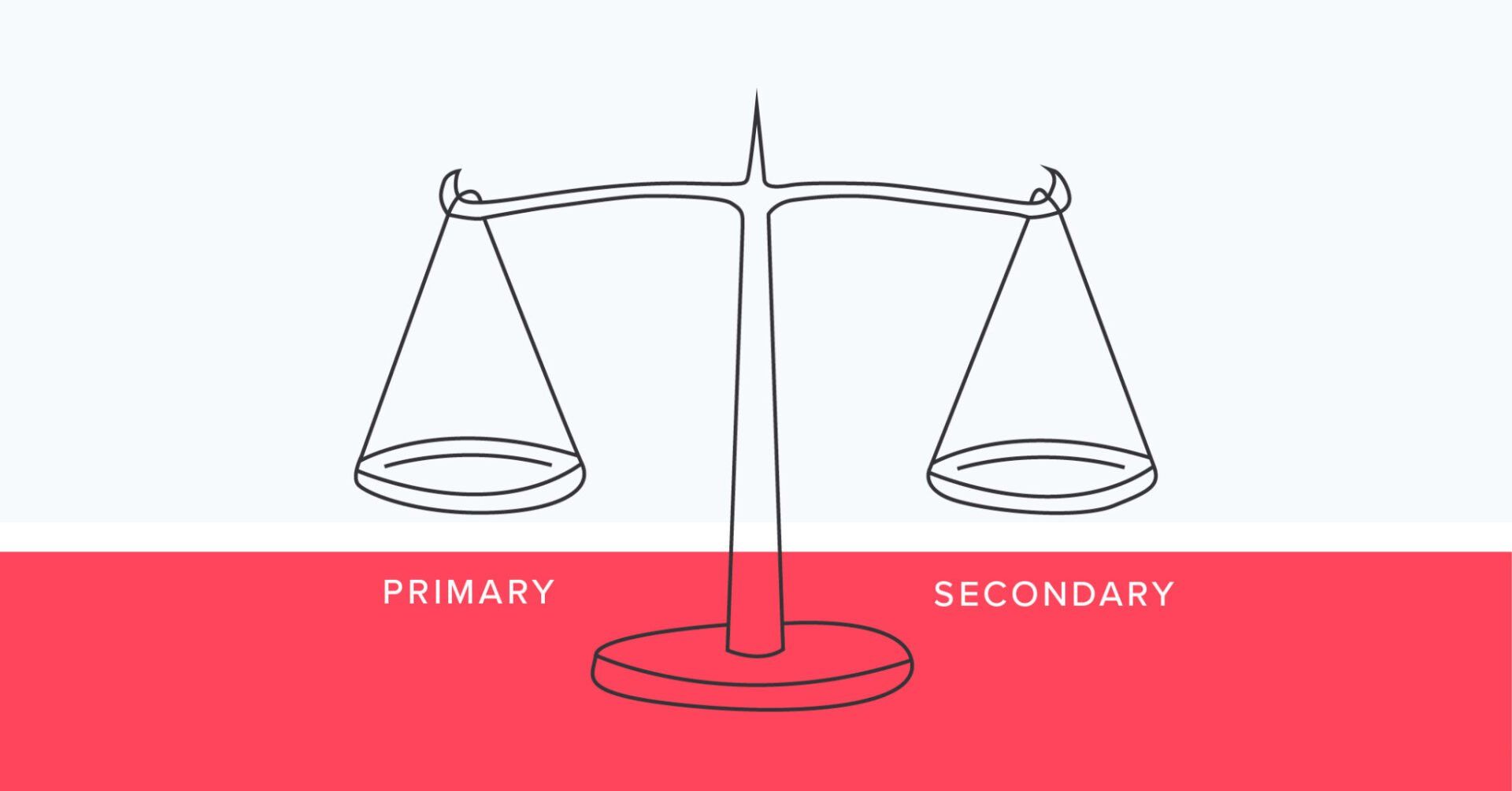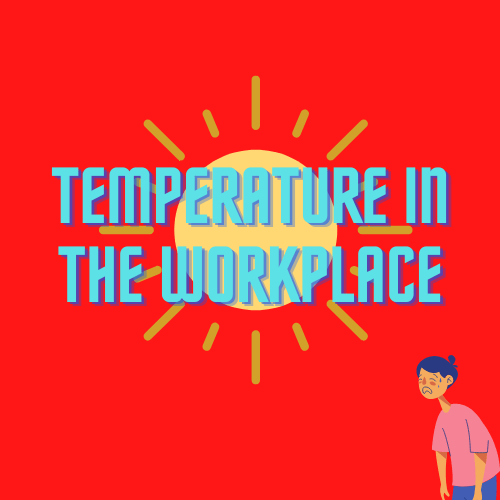10 Must Know Myths about Health and Safety
Samuel Perkins • 17 August 2022
The Ten Myths
As with everything that involves rules and regulations, myths can arise which can cause confusion or false belief that something is in place when in reality it isn't Here are some myths about health and safety that may be important to know about.
- A separate risk assessment must be carried out if a young person is employed - A risk assessment should cover every one of all ages so there is no need to produce a separate risk assessment for a young employee.
- Every business should have a trained first-aider - Although it is recommended that someone within a business should be trained in first aid, it is not a requirement or enforceable. However, an employer must make proportionate first-aid arrangements such as a stocked first aid box with some in charge of it even if they're not trained.
- All electronics need to be assessed every year - Electronic equipment does need to be maintained to avoid any risks but there is no law in how they're assessed and how frequent they are assessed.
- You have to go through training to work at any height including using ladders - When it comes to working at extreme heights, there is lots of training and planning that goes into place. When it comes to working at heights that are of a lower risk such as ladders or step ladders, training is not required. In case of working with ladders a common sense approach is used.
- You have to regularly check on the safety of workers working alone - It's ideal to check on a worker's well-being if they're working alone but it's not required to regularly check on them unless the job in hand is of a high risk nature.
- HSA Inspectors are just looking to catch people out and issue fines - This is completely false. According to the health and safety authority; only 10% of inspections resulted in enforcement. In most cases inspectors just give out advice and not there to catch people out. If everything is how is close to how it should be there shouldn't be anything to catch anyone out.
- Health and Safety is expensive - There's no denying that having efficient health and safety in the workplace can be costly as it is an investment, however, over time health and safety will save your business money and will help prevent any claims that could be made that could be even more costly than the initial procedures in place.
- Health and Safety is just a hindrance to businesses - This is similar to the myth about being health and safety being expensive. Some people believe the cost can be a hindrance as well as productivity being hindered. Health and Safety will cost time and money but keeping people safe within your business is a necessity. You'd rather spend time and money on getting health and safety right than have yourself a claim or lawsuit to deal with which will be a hindrance to your business.
- Footwear such as flip-flops and sandals are banned in the workplace - No laws say you can't wear these types of footwear. Again with the common sense approach- it's up to the employer to decide what is appropriate footwear for the job and whether the footwear such as flip-flops and sandals will pose any risk or danger to the person.
- Health and safety regulations have fuelled a huge rise in compensation claims - Laws and regulations may always be changing and may seem as if they provide more opportunities for more compensation claims to be made. However, in the last 5 years, claims have fallen each year. If the regulations are neglected or procedures are incorrect then it's like a claim will be made and granted. Fortunately, if everything is done to the best ability to prevent accidents from happening, claims will most likely be disregarded. You won't have to worry about someone trying to get a quick pay-day if all safety requirements are met.

Explore the crucial role of fostering positive employee-employer relationships in creating a safe and healthy workplace. Learn how encouraging reporting, enhancing compliance, building a strong safety culture, and supporting mental well-being can improve overall health and safety in your organisation.
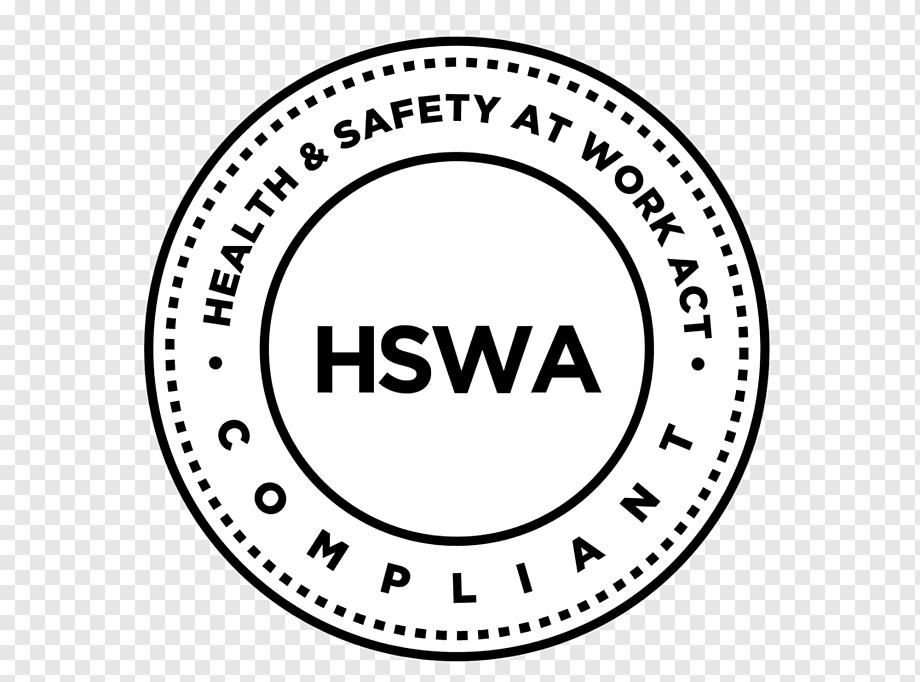
we delve into the intricacies of the Health and Safety at Work Act, the primary legislation governing workplace safety in the UK. Employers play a crucial role in upholding their legal duties and protecting their workforce from potential hazards. Learn about conducting risk assessments, implementing control measures, and fostering a safer work environment to ensure compliance and enhance workplace welfare. Discover how understanding and adhering to the HSWA can create a secure and healthy workplace for all.
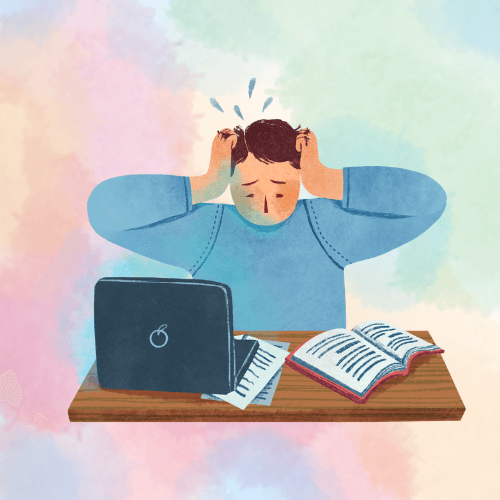
Stress is a constant factor in the workplace and studies have shown that the effects of long-term stress can impair performance and diminish health. While it can be difficult to identify signs of stress in others, there are some clues you should look out for. Read on to learn more about identifying and managing work-related stress. A ‘stressed workplace’ is not an uncommon scenario, especially in work environments with high turnover rates or a big workforce. Many causes of such work-related stress include heavy workloads, conflicts with co-workers or bosses, job insecurity and long hours. When employees are experiencing stress, it can have many negative impacts on the workplace. This involves things such as, increased absence and a decrease in creativity and productivity, also offsite, one may struggle with anxiety, depression, sleeping and breathing difficulties. Things to look out for as an employer: changes in an employee’s normal behaviour general unpredictability raised irritability poor team mentality being more withdrawn then usual uncharacteristic behaviours Change in their appearance. Sudden Lack of concentration/commitment All these things are potentially things which could lead to disciplinaries and in some cases firings. To prevent this from happening, employers have created detailed human resource policies that outline specific procedures for identifying and managing stress at work.

